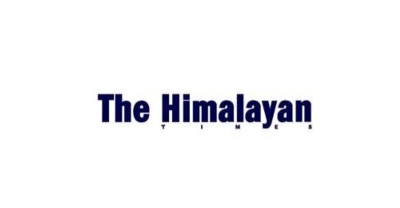The medical side of patents
The aim of TRIPS agreement is to strengthen and harmonise certain aspects of the protection of intellectual property rights (IPRs) at the global level. The agreement established common standards for all countries, without differentiating on the basis of socio-economic and technology development.
TRIPS requires all WTO members to adopt in their laws minimum standards of protecting and enforcing nearly all forms of IPR, including those for pharmaceuticals.
It is estimated that industrialised countries hold 97 per cent of all patents, global multinational corporations, 90 per cent of all technology and product patents. Except a few developing countries with middle-level income, most of the other developing countries usually spend small resources on research and development. Before the TRIPS agreement was put in place, the major problems in IPRs in all aspects, including production of pharmaceuticals, were the limited terms of the product and process patent, the short terms of protection, the broad scope for compulsory licensing and ineffective enforcement procedures in their national patent systems.
It is estimated that multinational companies have spent over $100 billion on research and development of new chemical medicines. Nobody could be expected to invest on such a scale without the guarantee that any resulting products would enjoy a strictly limited period of protection. However, because of the high prices of patented drugs and large amount of expenditure required for research and development in pharmaceuticals, some countries have chosen to relax their patent laws.
In Nepal, it is not easy to have access to independent information on drugs because of poor documentation and dissemination of information. Quality of drugs is another issue. If Nepal can boost its exports of pharmaceuticals, opportunities can be created that could help national economy. The present appropriate market for Nepali drugs are Afghanistan, Bhutan, Bangladesh, etc. Nepal as a least developed contry needs to adopt non-trade- distorting measures that would guarantee that its export products compete successfully against those exported by other such countries. Nepal may have to look closely into expanding its export products, and thus be able to tap market access.
Under the TRIPS agreement, all WTO members have to make patents available for pharmaceutical inventions in their countries. It also requires WTO member states to introduce patent protection only to products “invented” after January 1, 1995. This means that, in accordance with TRIPS, products already in the market cannot be given patent protection, because if they are already marketed, they are not new, and so do not meet the TRIPS conditions necessary to grant a patent. Therefore, only new drugs or new indications, formulations or processes invented after 1995 are patentable in all WTO countries.
If the rate of the spread of new technologies is fast enough, then the economies of developing countries can grow faster, allowing them to improve their living standards, even after taking into account the higher price needed to pay for patented technologies. Nepali pharmaceutical companies should know how to tackle the WTO/TRIPS.





